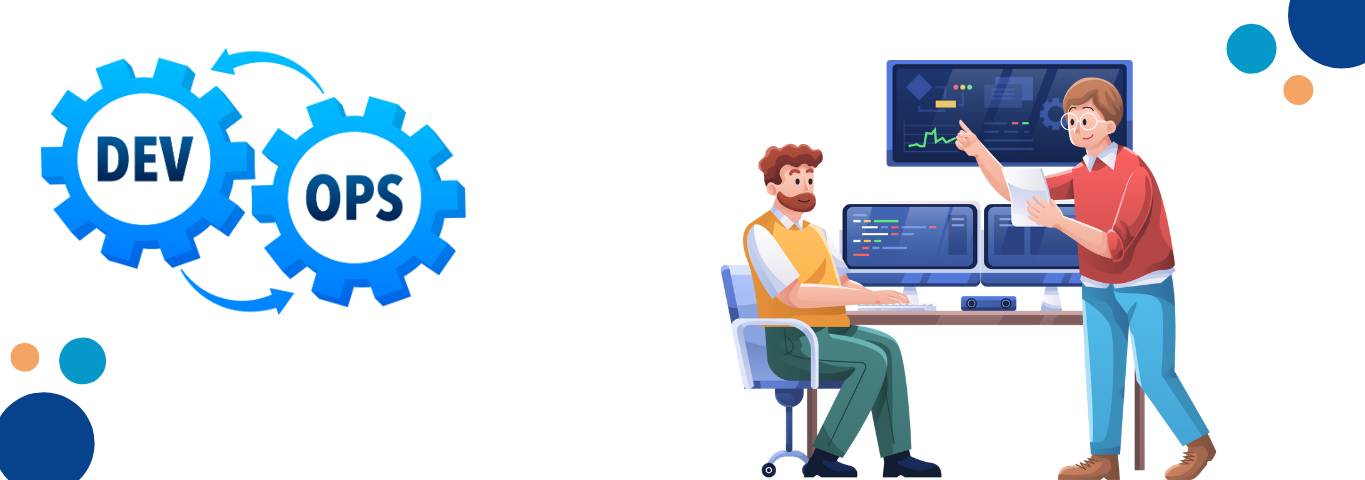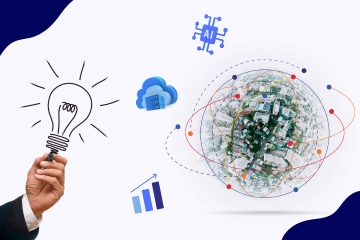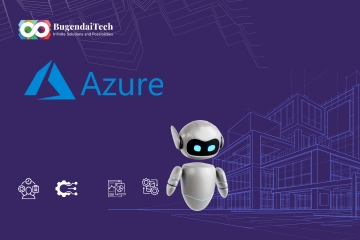Building software is no small feat! This is the reason development teams utilize the software development life cycle as their guiding framework.
What is the Software Development Lifecycle?
Development teams utilize the software development lifecycle (SDLC) as a framework to create high-quality software in an organized, economical manner. Software organizations of all sizes utilize the SDLC technique. These groups use a variety of development methodologies, such as waterfall, spiral, and agile.
Organizations can create successful software by following a methodical, step-by-step process called the software development lifecycle. This process starts with gathering the basic requirements for a new product and continues until it retires. The primary goal of software or product development cycles is to offer high-end products within a specific timeline and budget.
The steps involved in the software product development process generally include discovery, development, testing, deployment, and other related ones.
The various software product life cycle models serve as a descriptive representation of the entire software development cycle, aiding integration. These models adopt different approaches but still include fundamental tasks and procedures.
Among the unique models are a few of them:
- Waterfall product development life cycle model
- V-shaped product development life cycle model
- Prototype product development life cycle model
- Spiral product development life cycle model
- Iterative product development life cycle model
- Big Bang product development life cycle model
- Agile product development life cycle model
These models help in healthy product life cycle management for software development integrations.
Why is the Software Development Life Cycle (SDLC) important for the success of software development?
Let us examine the benefits of software development lifecycle phases before delving into the details of each one.
The SDLCs stages ensure a clear software development process. It is considerably simpler to manage development and ensure that it complies with project requirements, business objectives, and timelines when phases are well defined. The following are the main benefits of software development lifecycle (SDLC) phases:
- Efficient team communication. Since each team member is aware of their own tasks and responsibilities, there is less chance of miscommunication, needless rework, and missed deadlines.
- Effective resource management. A clearly defined development plan makes deploying resources like time, money, and labor force simple.
- Risk management. A delivery team can mitigate process difficulties and minimize their influence on project time and cost by conducting risk analyses before development.
There are specific criteria for every level of development. The projects team members are all aware of the specifications for each step of the software development process and the intended result from the outset. This facilitates tracking advancement, assessing outcomes, and attaining success.
What are the Benefits of the Software Development Lifecycle?
The use of the SDLC model by software development teams has several benefits, such as:
- Reducing software development costs.
- Enhancing the caliber of software that the company provides.
- Reducing the amount of time needed for development by avoiding post-mortem repairs.
- Assisting developers in comprehending what and why they are developing more clearly.
- Ensuring that in the early development phases, all stakeholders have a chance to provide feedback.
- Ensuring that all cross-functional team members know the expenses and resources required to finish the project.
The software development lifecycle model helps prevent problems from getting worse by requiring the development team to finish each step before proceeding to the next. This method assists teams in recognizing issues and taking immediate action to address them.
Thus, it has less of an effect on the projects overall cost and the caliber of the software that the developers produce and release to the market.
The software development lifecycle approach may have drawbacks, though. These drawbacks can particularly affect agile and lean development organizations, but their risks are relevant to any software company using the SDLC framework.
Ultimately
The SDLC plays a crucial role in ensuring that software projects are completed on time, within budget, and with high quality, ultimately leading to successful outcomes for both development teams.
But the question is how? What are the stages development teams follow for software product design?
Well, SDLC has six 6 phases that are necessary to take a project from its initial idea or conception all the way to deployment and later maintenance.
Those 6 phases will be discussed in our next blog.
Stay tuned for the next part of the series...............!






Comments